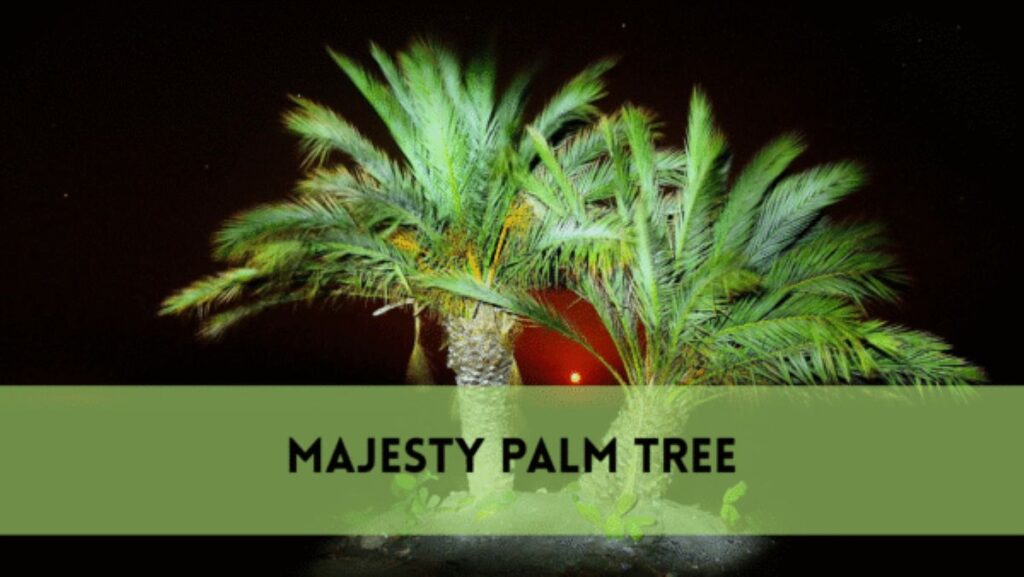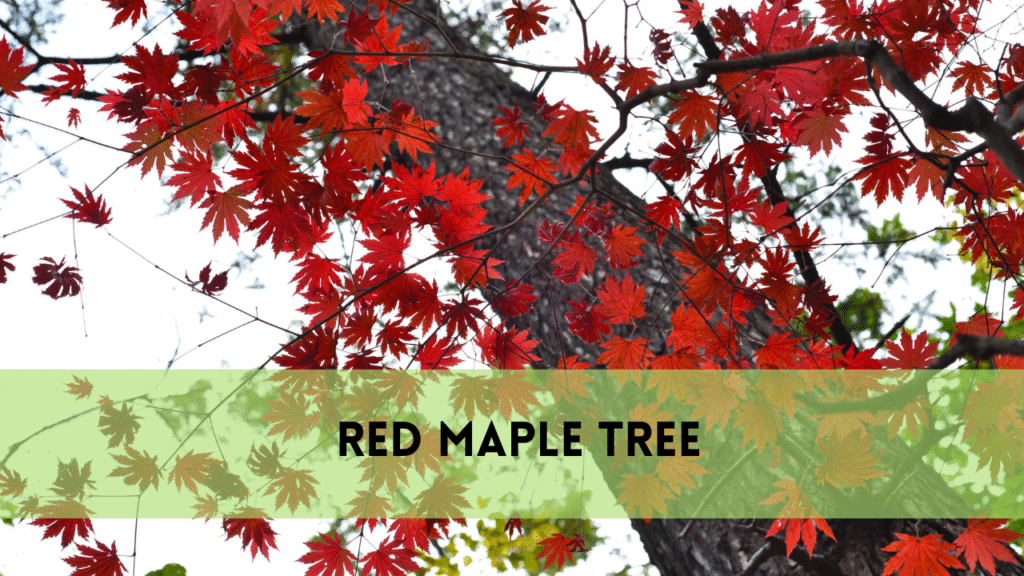Remove Grass around Trees
The decision to remove grass around trees is one that many homeowners and landscapers face in their pursuit of a healthier, more aesthetically pleasing, and sustainable landscape. Grass, while visually beautiful, can compete with trees for crucial supplies, potentially impeding their growth and vitality. This decision should be made after careful consideration of the specific tree species, local climate, and landscaping goals. In this guide, we will look at the elements to consider when selecting whether to Should i remove grass around trees, providing insights to help you make an informed decision that aligns with your specific landscaping goals and the long-term health of your trees.
How grass makes our environment refreshing?
Cooling Effect
Grass helps regulate temperatures by absorbing sunlight and releasing moisture through a process known as transpiration. This cooling impact can make outdoor places more comfortable during hot weather, contributing to a refreshing ambience.
Air Quality
Grass improves air quality by absorbing carbon dioxide (CO2) from the atmosphere during photosynthesis. As a byproduct, it produces oxygen (O2), which improves the quality of the air we breathe.
Aesthetic Appeal
Lush, green grass enhances the aesthetic appeal of landscapes and urban areas. The vivid green color and smooth texture of grass add to an attractive and refreshing environment.
Noise Reduction
Grass absorbs sound, lowering noise pollution. This feature makes parks, lawns, and green places quiet and peaceful, providing a welcome respite from the rush and bustle of city life.
Animal Habitat
Grass offers habitat and nutrition for a variety of animal species, including insects, birds, and small mammals. The presence of wildlife can improve an area’s natural and pleasant ambiance.
Recreation
Grassy spaces are frequently used for recreational activities such as picnics, sports, and outdoor meetings. These areas provide chances for leisure and social connection, contributing to a revitalizing outdoor experience.
Erosion Control
Grass helps to prevent soil erosion by stabilizing the soil with its root system. This not only protects the scenery but also preserves the integrity of neighboring bodies of water, resulting in a cleaner and more pleasant environment.
Natural Carbon Sink
Grass works as a natural carbon sink, absorbing carbon from the atmosphere and storing it in the soil. This helps to counteract the consequences of climate change, ensuring a more refreshing and sustainable environment in the future.
Finally, grass has a complex role in generating a refreshing environment. It cools the air, improves aesthetics, decreases noise, supports animals, gives recreational possibilities, regulates erosion, and contributes to air and climate quality. The presence of healthy, well-maintained grass in our surroundings has a good and rejuvenating effect on both our physical and mental well-being.
Related Posts:
- How to remove palm tree roots
- How to Remove Tree Roots from Lawn
Why Should You Remove Grass?
1. Competition for Resources
Grass and trees both require critical resources such as water, fertilizers, and sunlight. When grass competes with trees for these supplies, it can stifle the tree’s development and vitality.
2. Mowing Difficulties
Maintaining grass near trees can be difficult. Mowing and trimming machinery might potentially damage the tree’s bark or root system if not used properly.
3. Aesthetic Appeal
Some homeowners like the tidy and well-defined appearance of a tree surrounded by mulch or ground cover rather than grass.
4. Erosion Control
Grass does not provide as effective erosion control as mulch or ground cover. Grass removal can aid in regions where soil erosion is a concern.
Considerations for Making a Decision
1. Tree Species
Different tree species are more or less tolerant of grass competition. Consider the requirements of the specific tree.
2. Climate and Water Supply
Water conservation may be a concern in arid locations, leading to the eradication of grass. Grass and trees may coexist in locations with plenty of rainfall.
3. Care and upkeep
Consider your willingness and skill to properly care the grass near trees. This involves mowing, watering, and fertilizing on a regular basis.
4. Making the Choice
Consider the criteria listed above when considering whether to remove grass around trees. If tree health is your top priority, try using mulch or ground cover to stimulate growth and limit competition. Maintaining grass may be the best option if aesthetics and maintenance are important to you. Finally, your landscaping goals and the specific conditions of your outside space should guide your decision.
Q1: Can grass impact the health of my trees?
A: Yes, grass can compete with trees for vital resources such as water and nutrients, thereby impeding their growth.
Q2: What are the benefits of keeping grass around trees?
A: Grass can stabilize soil, suppress weeds, and provide an aesthetically pleasing look when well-maintained.
Q3: Should I consider the climate while deciding on grass removal?
Yes, climate and water availability are critical considerations. Grass removal could save water in areas that are arid.
Q4: Are there alternatives to grass around trees?
A: Mulch, ground cover, or a combination of the two are viable options.
Q5: How can I ensure the health of my trees if I keep grass around them?
Proper maintenance, including regular watering, fertilizing, and care, can help trees thrive alongside grass.
Conclusion
The choice to remove or keep grass around tree is a decision that depends on factors like tree species,climate, and personal preferences. Each option offers its benefits and drawbacks. Whether you opt for a grassy embrace or a mulched haven, prioritize the well-being of your trees while creating an outdoor space that aligns with your vision.




